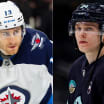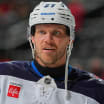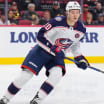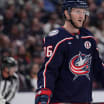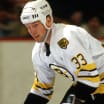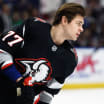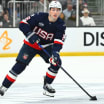One part of Arvidsson's game that leads to his high-end goal production is that, though he's 5-foot-9, he's sturdy, tenacious and doesn't shy away from the front of the net. As simple as it sounds, that's where the goals are scored -- and Arvidsson continually finds his way into those areas to create high-danger scoring chances. In addition to having significant shot volume, he goes where he needs to be to have the greatest chance to score.
What has elevated Arvidsson's goal production this season is that he has scored on a career-high 18.0 percent of his shots after scoring on 12.2 percent of his shots in the previous two seasons. An increase in shooting percentage results in more goals, but that is also more difficult to sustain long-term.
From 2016-17 through 2018-19, there are six players who have played in at least 100 games and have a shooting percentage of 18.0 or better during that three-season stretch; none has scored more goals than Arvidsson's 93. Mark Scheifele of the Winnipeg Jets (19.1 percent) is the closest with 91 goals.
Among players with more goals than Arvidsson during that time, the one with the highest shooting percentage is Edmonton Oilers forward Leon Draisaitl (101 goals), who has scored on 17.2 percent of his shots on goal. This shows just how difficult it is to maintain high percentages.
The Predators need to solve some issues offensively, especially when it comes to the power play. They can at least count on the contributions of Arvidsson, one of the NHL's premier even-strength goal-scorers.




